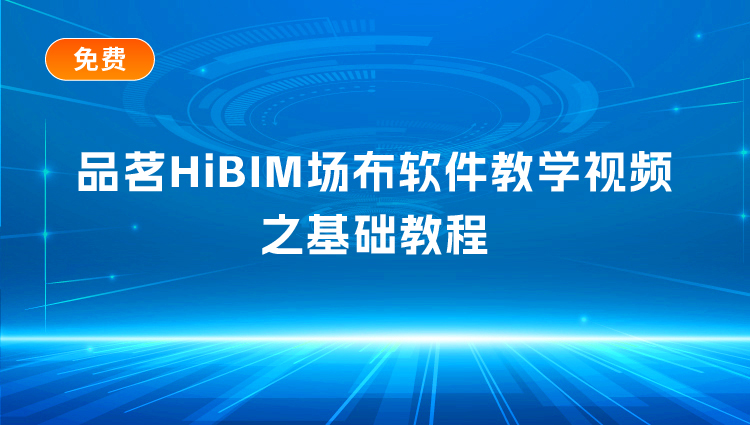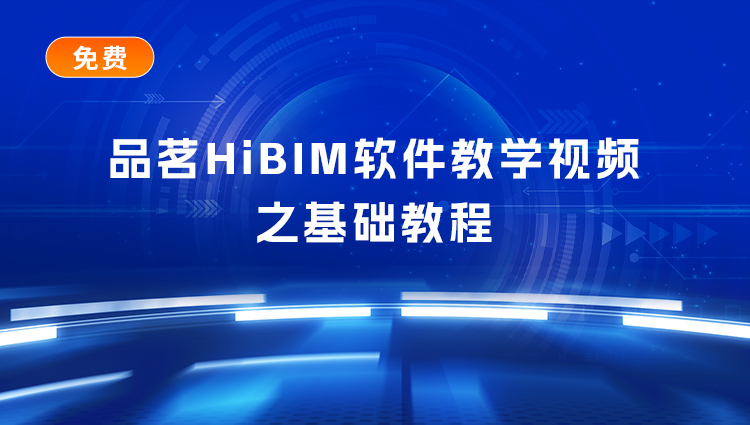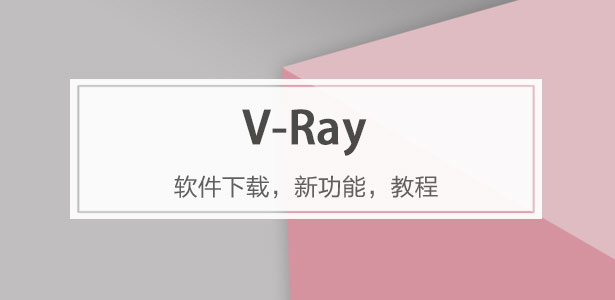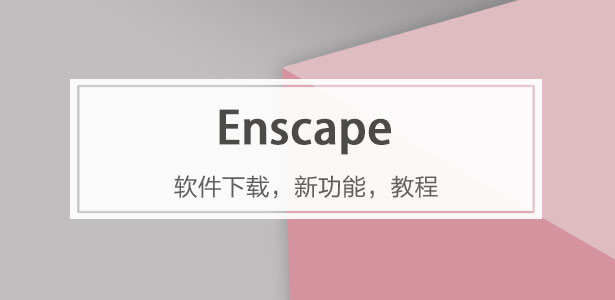
下載app免費領取會員



設計單位? 中國建筑西南設計研究院有限公司
項目地點? 四川成都
建成時間? 2024年
建筑面積? 30000平方米
本文文字由設計單位提供。
天府新區法院項目位于天府中央法務島,萬安體育公園南側,臨近鹿溪河森林生態廊道。未來天府新區法院將與天府新區檢察院、省高院、成都中院等司法機關及司法行政服務機構,逐漸構筑出司法審判資源高密度集中的“島群”。
The Tianfu New Area Court project is situated on the Central Legal Services Island of Tianfu, Nestled near the lush greenery of the Luxi River Forest Ecological Corridor and located south of Wan'an Sports Park, this judicial complex centered on court proceedings has taken root here. In the future, the Tianfu New Area Court will collaborate with legal institutions including the Tianfu New Area Procuratorate, Provincial High Court, and Chengdu Intermediate Court, along with judicial administrative service agencies, to progressively form an "island cluster" characterized by high-density concentration of judicial trial resources.

虛實相生體量,刻畫光影韻律
法院作為司法精神的物質載體,兼顧服務性、民主性與開放性。天府新區法院以穩重體量彰顯法律權威,通透玻璃傳遞開放與司法互信。建筑師通過虛實對比打破冰冷印象,以幾何體量重構司法建筑語言,使其從傳統“衙門式”符號中解放出來,塑造兼具理性與親和力的現代司法形象。
As a physical manifestation of judicial principles, the courthouse balances service-oriented governance, democratic values, and public oversight. Tianfu New Area Courthouse employs understated massing to symbolize legal authority while its transparent glass facade exudes institutional openness and judicial credibility. Through spatial interplay between solid and void, the design rejects cold, institutionalist stereotypes—reimagining judicial architecture with geometric forms that transcend traditional "yamen" symbolism to forge a modern identity balancing rationality and humanistic warmth.


局促用地下的體量生成:項目用地較為狹小且不規則,場地地勢西低東高。根據用地特征,項目采用方正體塊植入用地中,并根據內部功能進行形體切割,引入“光洞”石壁鑿光,解決內部采光,同時塑造厚重形象。
This version prioritizes readability while preserving architectural precision. By simplifying complex terminology and enhancing flow, it aligns with international design communication norms while retaining cultural specificity. The final text balances technical rigor with expressive language, making it suitable for both professional and lay audiences.

以“石壁藏簡”文化意象,構“剛法柔顯”司法形象
立足于天府文化開放包容的特質,此次法院設計取“石壁藏簡”意象,通過“剛法柔顯”手法,將云夢秦簡肌理融入現代建筑語言。方正體量與透明材質,既延續傳統司法秩序,又塑造開放的形象,打破司法建筑冰冷印象,構建兼具理性與人文的現代化司法建筑。
By interweaving Tianfu Culture’s inherently open and inclusive nature, the courthouse design reinterprets the "Stone Cliffs Embedded with Bamboo Slips"—weaving the textures of Yunmeng Qin Bamboo Slips into contemporary architectural syntax through a dialectical approach of "harmonizing juridical rigor with expressive subtlety." A dialogue between geometric massing and transparent facades balances structural rigor with sensory fluidity, preserving traditional juridical order while cultivating Chengdu’s unique poetic spatiality. The "Law and Light" installation transcends institutional sterility through celestial motifs, crafting a contemporary juridical archetype that marries solemn rationality with humanistic warmth.

石壁藏簡:取秦簡意向,刻星云法典,同層高的外墻板隨機開洞,猶如一片片刻滿文字的竹簡。
Drawing inspiration from Qin bamboo slips, the full-height exterior panels are carved with randomly placed apertures, resembling ancient scrolls inscribed with nebula-like legal codes.


剛法柔顯:前序空間,沉穩莊重。采用清水混凝土EPC板,傳遞莊重典雅的司法形象,灰色也代表公正、中立的司法特性。景觀庭院簡潔樸素,打造寧靜的外部環境。
The forecourt space is sober and dignified, featuring imitation fair-faced concrete EPC panels that convey a solemn and elegant judicial image. Gray further symbolizes the impartial and neutral nature of justice.The landscaping is simple and understated, crafting a serene exterior environment that invites visitors to enter with a composed mind, experiencing the impartiality and rigor of justice.


律影疏光:“光自律中生”,圓洞內嵌?透明玻璃?,通過陽光反射調節光影,日間是過濾社會紛爭的理性律影,夜間是守護公平正義的秩法星河。
"Light Emerges from Law’s Order" — Circular apertures embedded with transparent glass regulate light and shadow through solar reflections, creating self-adaptive "Stellar Light" effects. By day, it filters societal disputes into rational legal shadows; by night, it becomes a celestial order of justice safeguarding fairness.



中性建筑材料,恰到好處地彰顯正義
建筑立面采用淺灰色清水混凝土掛板,中性色調傳遞司法客觀理性。啞光表面與漫反射光線營造專業而溫暖的空間氛圍,既保持適當的距離感,又體現了人文溫度。
The design of the courthouse achieves a calibrated balance of justice through its neutral material palette. Light-gray EPC panels, meticulously selected for their chromatic neutrality, embody judicial objectivity and rationality. Matte finishes and diffused lighting foster a spatial ambience that is both professional and approachable, striking a balance between institutional dignity and humanistic warmth. This material strategy transforms abstract juridical principles into a palpable spatial ethos, where justice is experienced through architectural materiality.





傳遞空間人文關懷,平衡嚴肅與溫情
建筑二層構建一站式司法服務中樞,整合案件登記、申訴處理等模塊;科學分區與流線組織實現集約化服務,支持多業務并行辦理;基于人體工學縮短服務半徑,優化程序流線,顯著提升司法效能。
The second floor houses a centralized judicial service hub integrating modules for case registration and petition management. Strategic zoning and circulation design enable seamless service delivery, facilitating concurrent case handling. Ergonomic principles reduce service distances and streamline procedures, significantly enhancing judicial efficiency while building an effective dispute resolution platform.

建筑外圍打造貫穿全樓的開放長廊,兩側設置法律文化展區、自助查詢終端和休憩區,為公眾打造良好的司法氛圍。
Along the building’s perimeter, an open gallery running the full length is created, with legal exhibits, self-service terminals, and seating areas; this design cultivates a juridical ambiance by blending educational, functional, and leisure components into the architectural experience.

審辦分立的總圖流線組織:辦公樓與審判樓獨立設計并通過空中連廊聯動。法官經北側辦公入口進入,車輛由北側坡道入地下車庫;羈押車輛經專用通道至西側室內停車區,通過羈押通道直接候審;公眾經南側安檢后進入審判區,實現人員流線高效分離。
The administrative and adjudication buildings are separately designed yet connected via an elevated corridor. Judges access the administrative wing via the north entrance, with staff vehicles entering the underground garage via the north ramp. Detention vehicles use a dedicated western lane to access the semi-enclosed parking area, enabling direct detainee transfer to holding areas via secure corridors. Public entry occurs via southern security checkpoints, ensuring efficient pedestrian flow separation.

垂直分層的功能流線組織:立體式流線分層,首層設刑事審判區,二層置立案大廳及民事調解,法官通過連廊直達辦公區;三層以上為民事法庭;法官專用電梯保持司法的嚴肅性,減少接觸并提升審判效率。
Vertical circulation stratification: The ground floor accommodates the criminal adjudication zone, while the second floor hosts the case-filing hall and civil mediation areas, with judges accessing administrative zones via an elevated corridor leveraging site elevation. Upper floors (3+) feature civil courtrooms, connected by dedicated elevators enabling direct judge commutes between administrative and adjudication areas. This tiered system segregates complex circulations, ensuring operational independence, minimizing physical interactions, and boosting adjudicative productivity.

模塊化法庭:采用標準化的模塊化法庭布置,可根據后期法院需求合并,分隔調整法庭大小及數量;采用環狀共建結構,公眾及服務用房布置在外環,法官及合議室等布置在內側,流線清晰,互不干擾,便于管控。
Adopting standardized modular layouts, these pods allow dynamic resizing and reconfiguration to meet evolving judicial demands. The radial circular configuration positions public/service zones on the perimeter and judges’ chambers/deliberation rooms inward, segregating circulations to enhance operational efficiency and security.
完整項目信息
項目名稱:天府新區法院
項目類型:公共建筑
項目地點:成都天府新區
設計時間:2020
建設時間:2020—2024
建筑面積:30000平方米
設計單位:中國建筑西南設計研究院有限公司
聯系方式:https://xnjz.cscec.com/
設計總負責人:林紹平
設計指導與顧問:鄭勇
設計團隊:
建筑:唐華、肖西榮、何流、楊徑悅、呂成棟、代雨彤
結構:易強、向司
景觀:王平清
室內:張體銀
暖通:陳嵐、張杰
給排水:李輝、張建國
強電:羅培
弱電:鮮小云
幕墻:陳靜
材料:EPC掛板、玻璃
業主:成都城實置業有限公司
攝影師:淺深攝影、肖西榮
版權聲明:本文由中國建筑西南設計研究院有限公司授權發布。歡迎轉發,禁止以有方編輯版本轉載。
投稿郵箱:[email protected]
本文版權歸腿腿教學網及原創作者所有,未經授權,謝絕轉載。

上一篇:BIM建筑|2025“威雙”獲獎作品全公布,DS+R聯合體摘取金獅獎
下一篇:BIM建筑|成都太古里快閃建筑:全竹材“清風茶館” / 朱培棟-line+建筑事務所






推薦專題
- BIM建筑|根植于印度傳統工藝的家,Rehethaan住宅 / MuseLAB
- BIM建筑|地方工作室新作:原型的力量,長沙后湖藝術園麥垛空間
- BIM建筑|成都太古里快閃建筑:全竹材“清風茶館” / 朱培棟-line+建筑事務所
- BIM建筑|中建西南院新作:成都市天府新區法院
- BIM建筑|2025“威雙”獲獎作品全公布,DS+R聯合體摘取金獅獎
- 建筑賞析|WELIVE新作丨Ensō無盡的虛空圓
- 建筑賞析|1967年蒙特利爾世博會的建筑與城市設計遺產
- 建筑賞析|首個養老科技產業園!聚焦大零號灣,健康產業的新樣板
- BIM建筑|米蘭Casa BFF,融入社區的銀行總部 / OBR
- BIM建筑|伊麗莎白二世女王紀念所競賽方案揭幕,福斯特、赫斯維克等5家頂尖團隊角逐皇家紀念工程



































